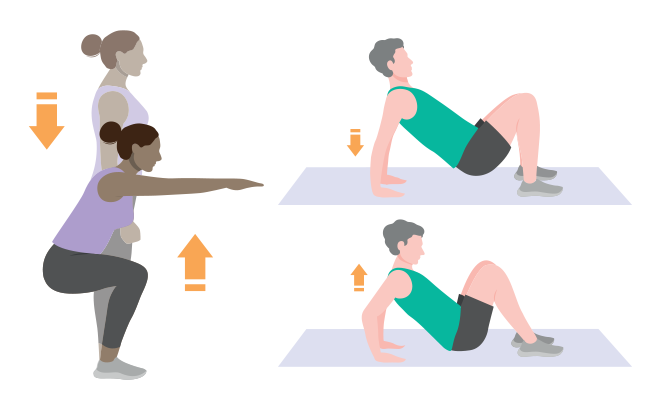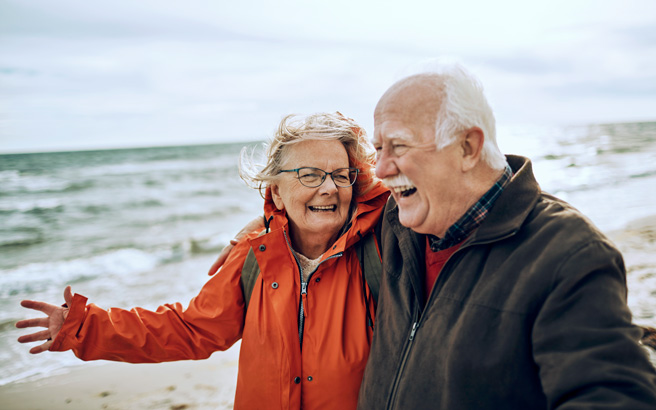 Matt Lambert, World Cancer Research Fund’s Health Information Officer, has written a new booklet to help people with different abilities to keep active, called Living an active life
Matt Lambert, World Cancer Research Fund’s Health Information Officer, has written a new booklet to help people with different abilities to keep active, called Living an active life
Age is no barrier to staying active. Just as babies start to crawl and reach from the age of around six months, we should keep moving as much as possible in our 50s, 60s, 70s and beyond.
As people get older there is sometimes a natural inclination to be less active, with more time spent watching television, reading or lying down. Older adults tend to experience more ‘aches and pains’ and other health conditions that might make exercise seem challenging. But both our mental and physical health improve when we move more. Staying active can help:
- keep us healthy and independent
- reduce falls
- boost mental health
- improve memory
- reduce joint and back pain
- lower cancer risk
Don’t forget your muscles
 It’s not only exercise which gets us breathing faster that’s important. When you get older, one of the major changes is losing muscle mass and strength. While this is a normal part of getting older, it’s made worse when you’re not active and using your muscles.
It’s not only exercise which gets us breathing faster that’s important. When you get older, one of the major changes is losing muscle mass and strength. While this is a normal part of getting older, it’s made worse when you’re not active and using your muscles.
Lower levels of muscle are linked with greater frailty, weakness and being less able to carry out normal daily activities. This means people can have trouble with regular tasks such as getting out of bed, standing up from chairs, climbing the stairs or carrying groceries.
All of this can make living independently a lot more challenging. Difficulty moving can also mean people end up moving even less, which speeds up muscle loss.
Perhaps getting old seems a long way off right now. Lucky you! But the good news is TODAY is always the best day to start getting more active, stronger and fitter. World Cancer Research Fund’s new booklet, Living an active life, is FREE to download and will give you the answers and inspiration you need.
Get the booklet to discover:
- what age muscle wastage begins (you’ll be surprised!)
- how much exercise you should be doing
- which exercises make you fitter and stronger
- step by step instructions for exercising at home
- the power of walking

